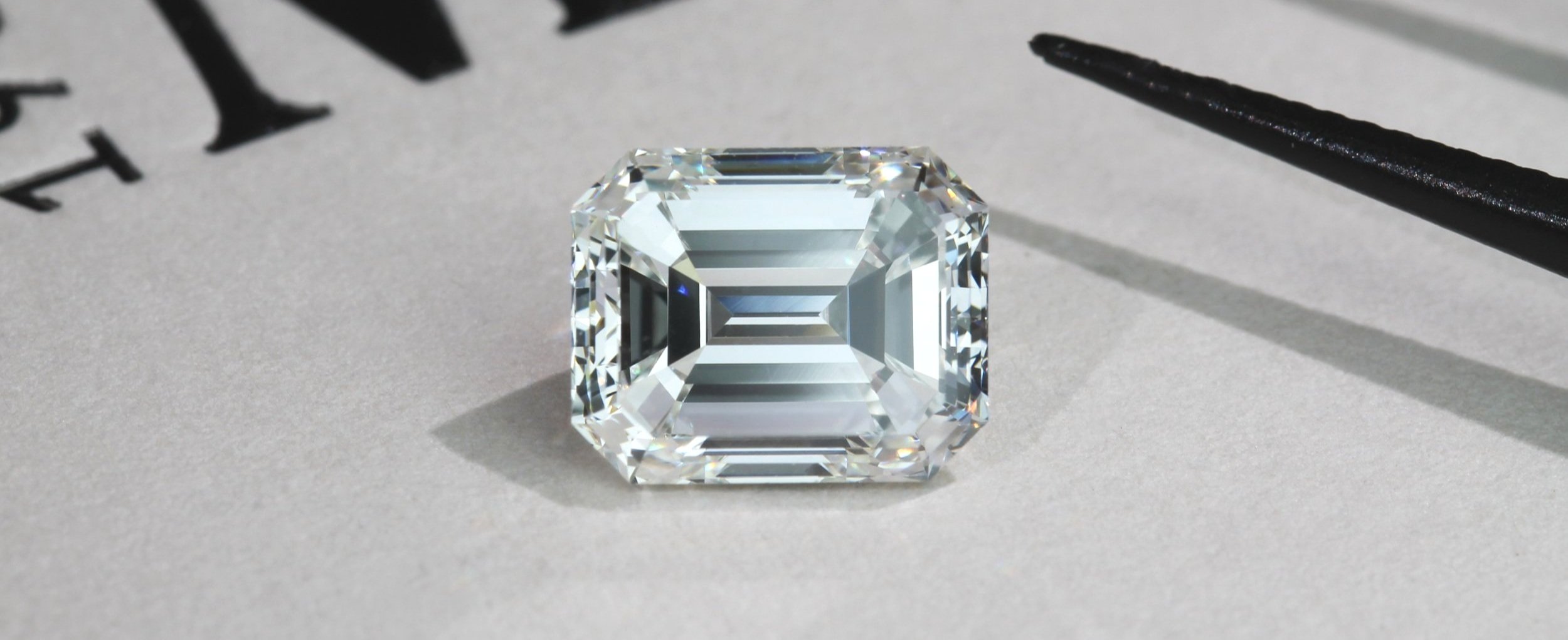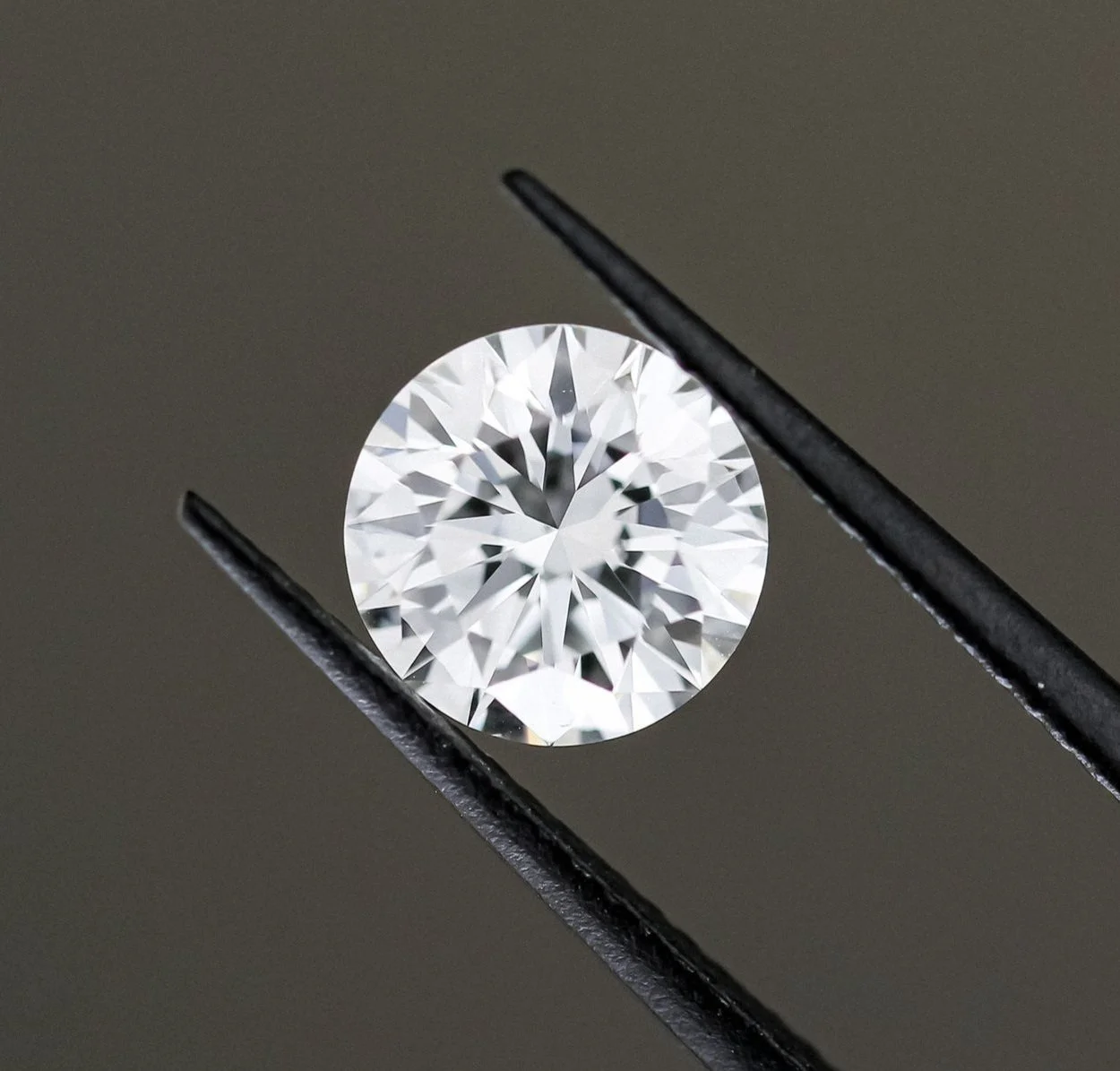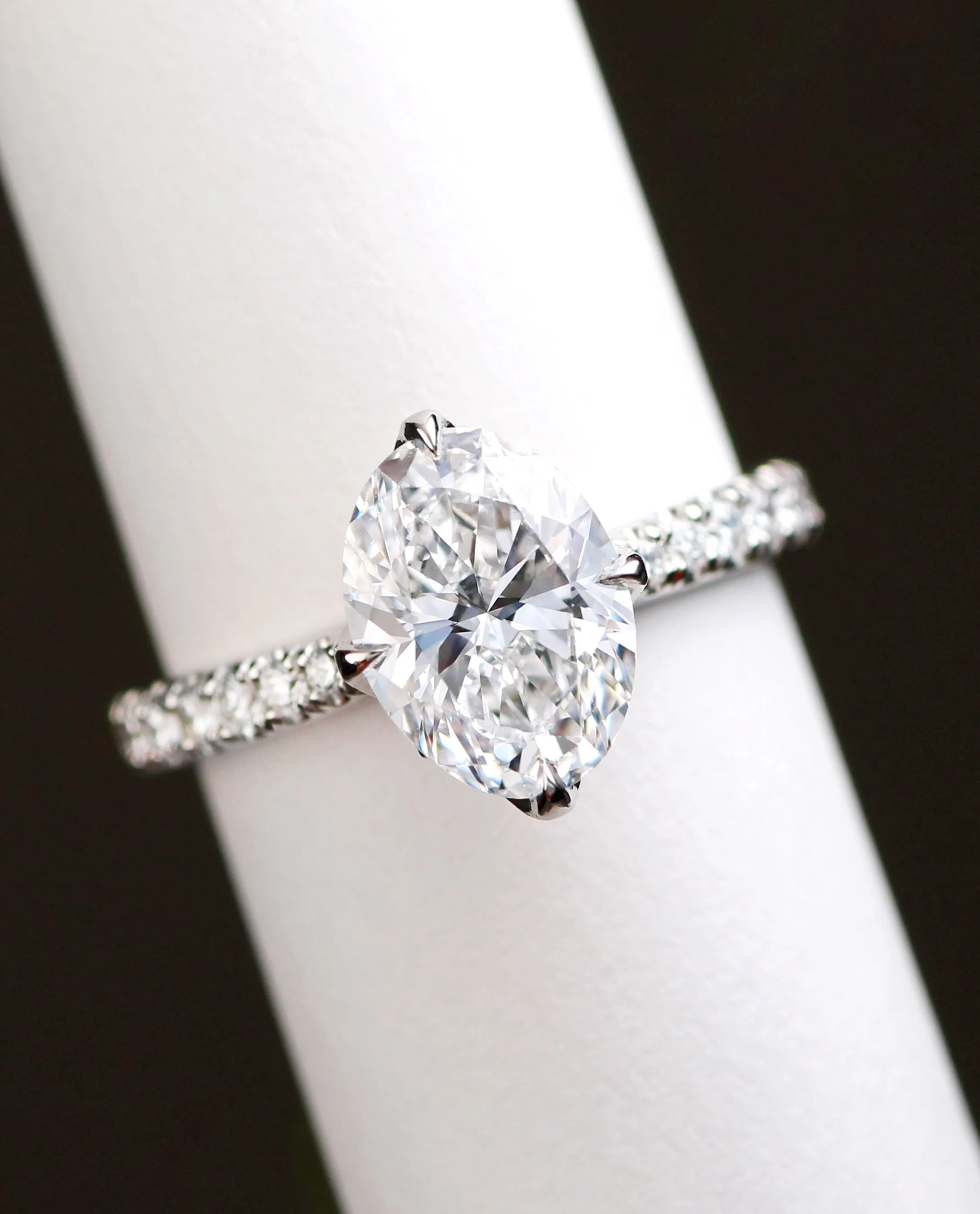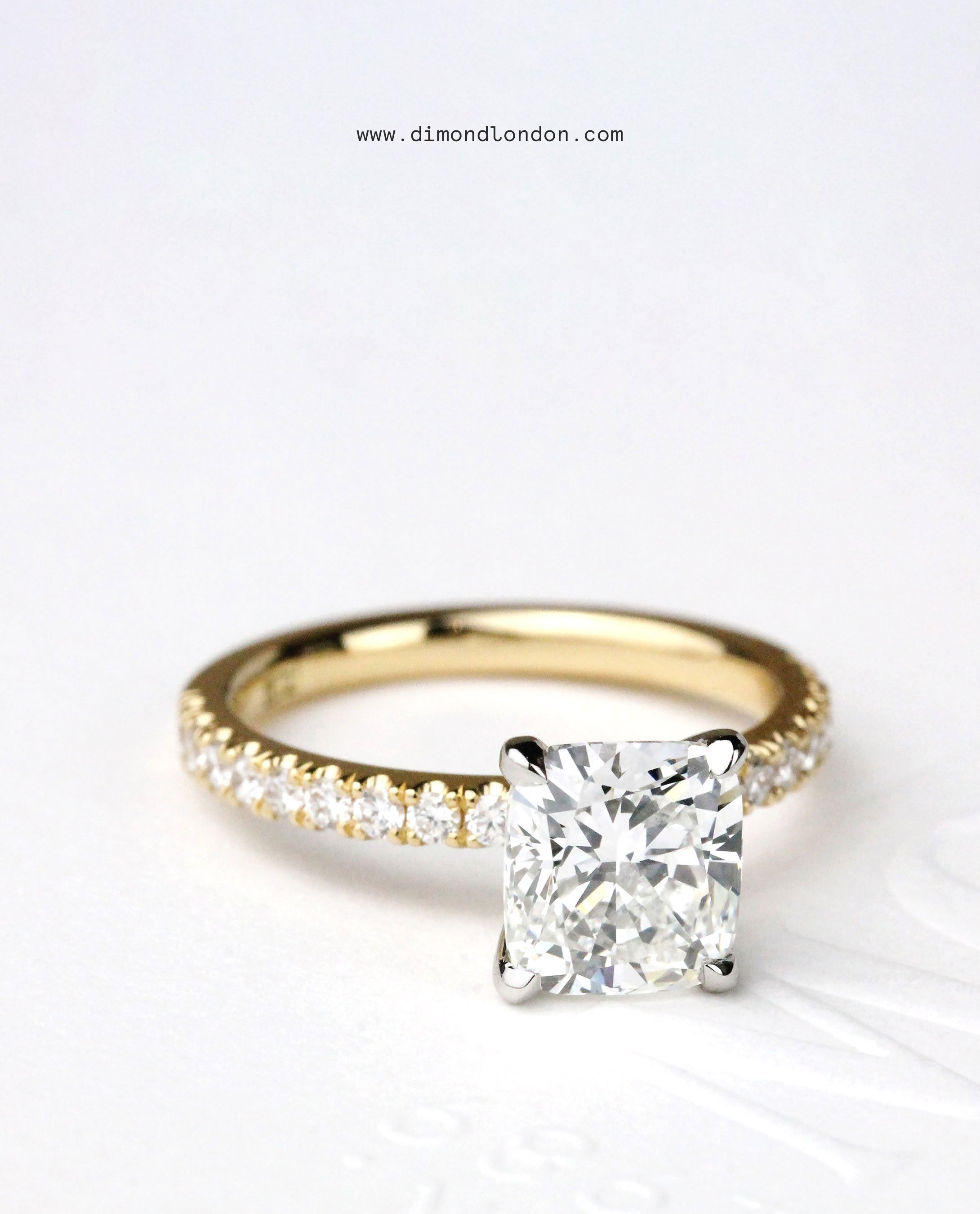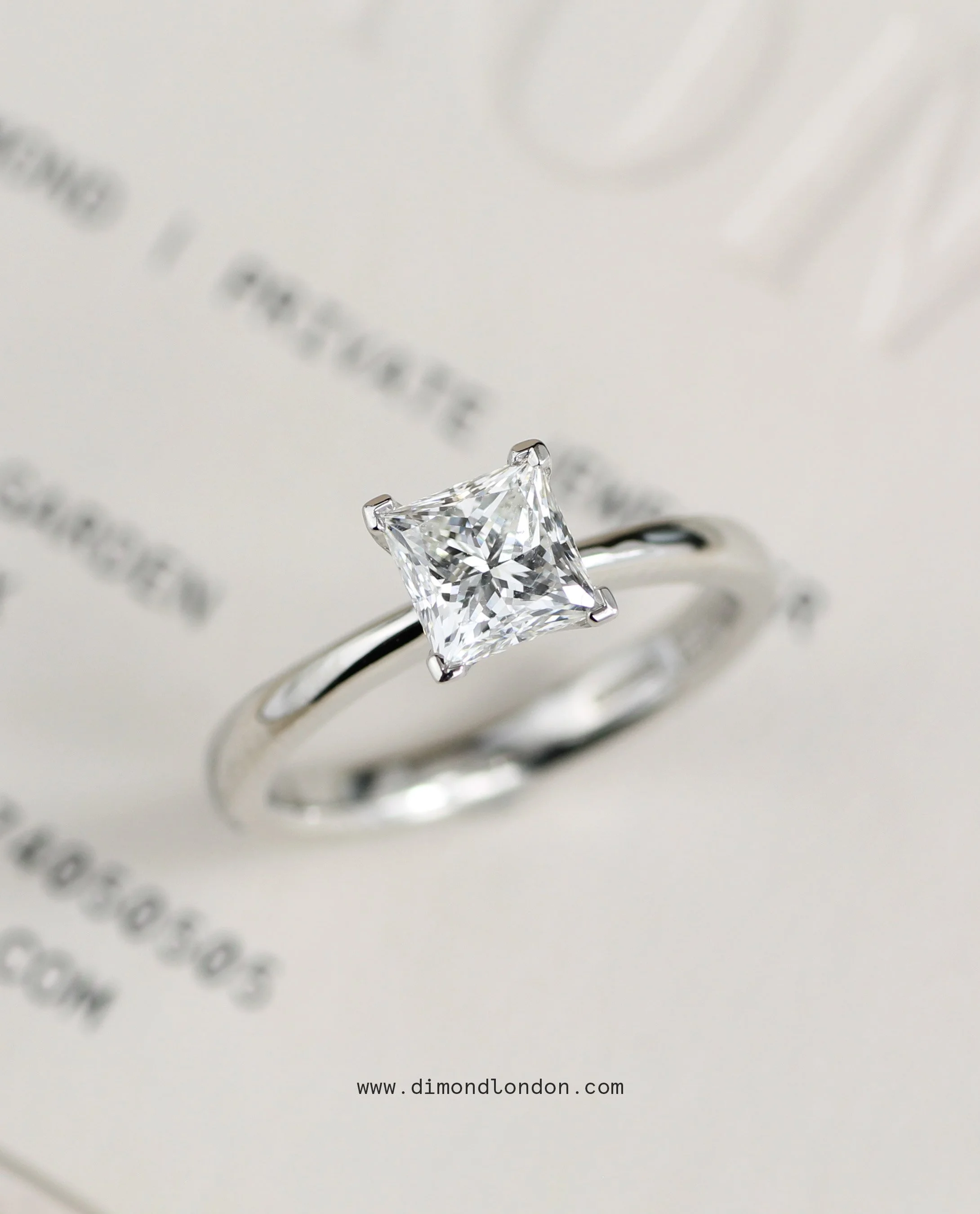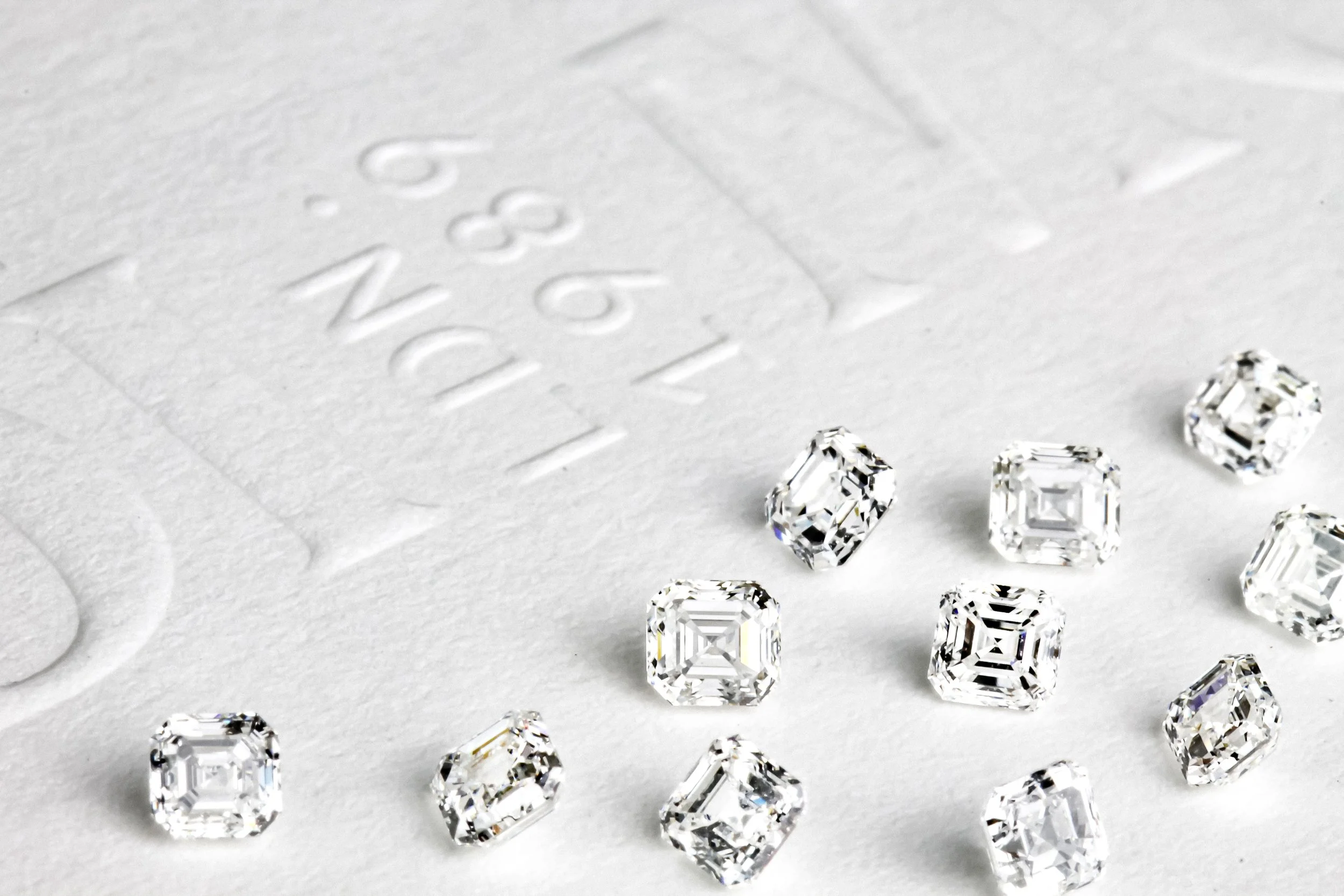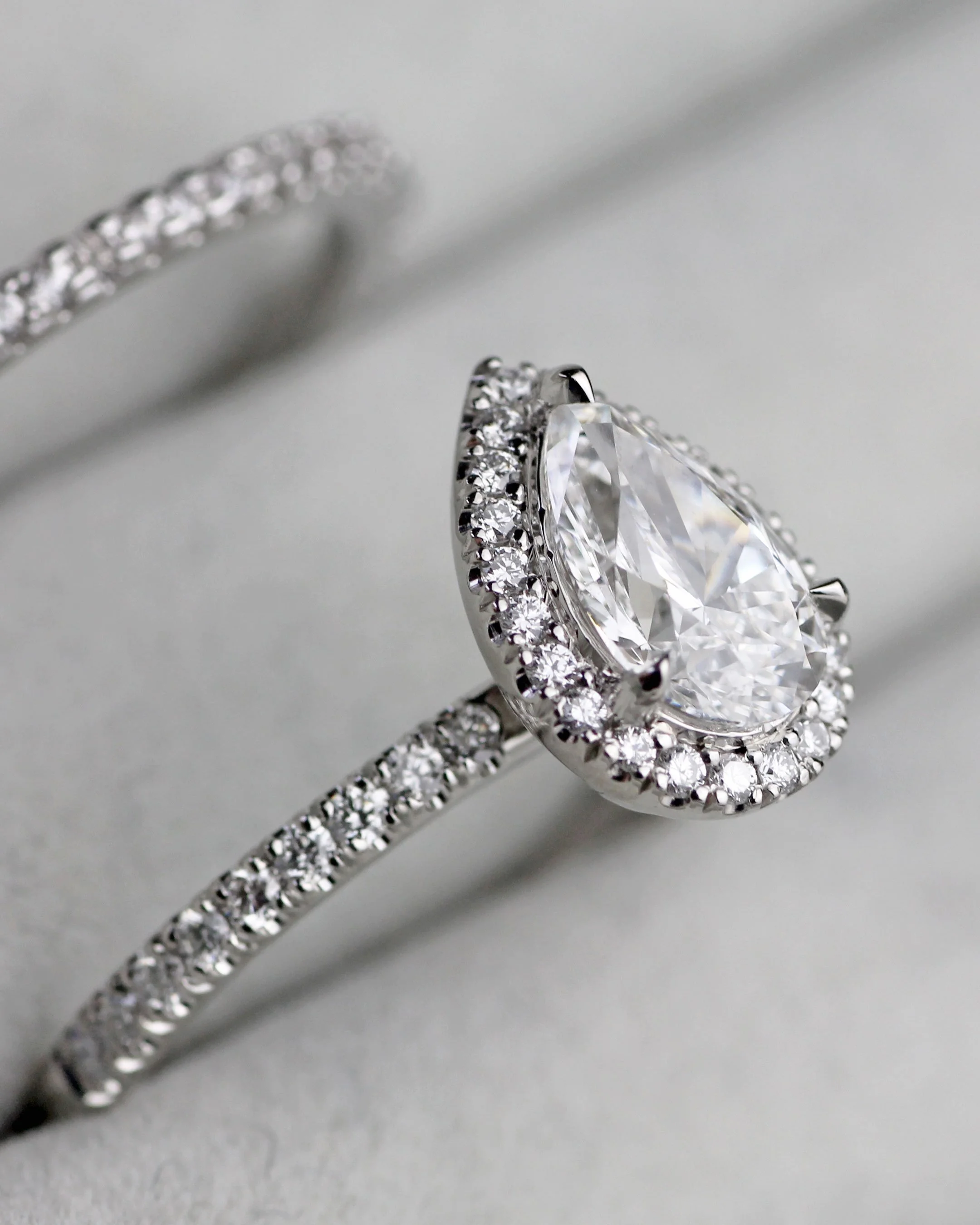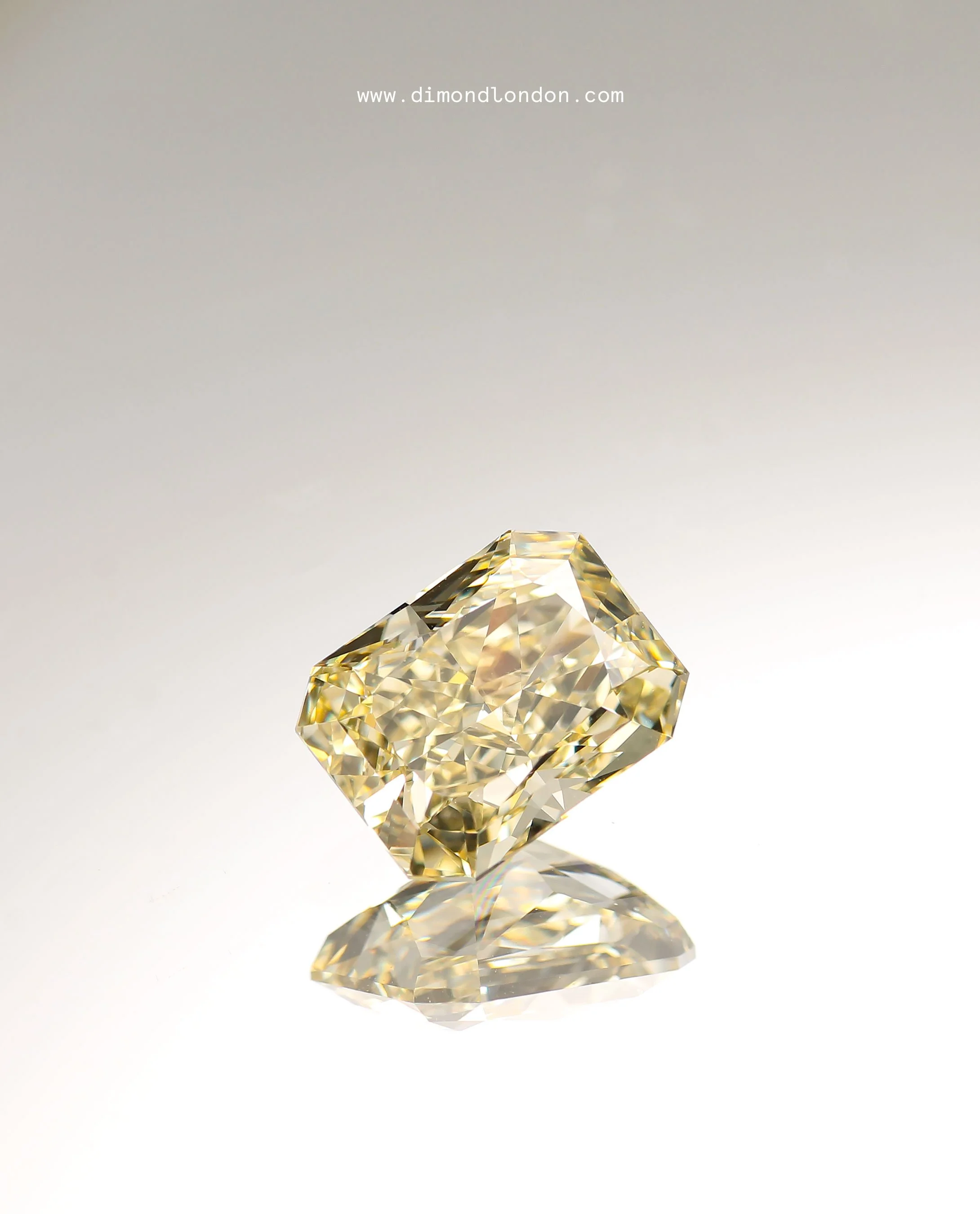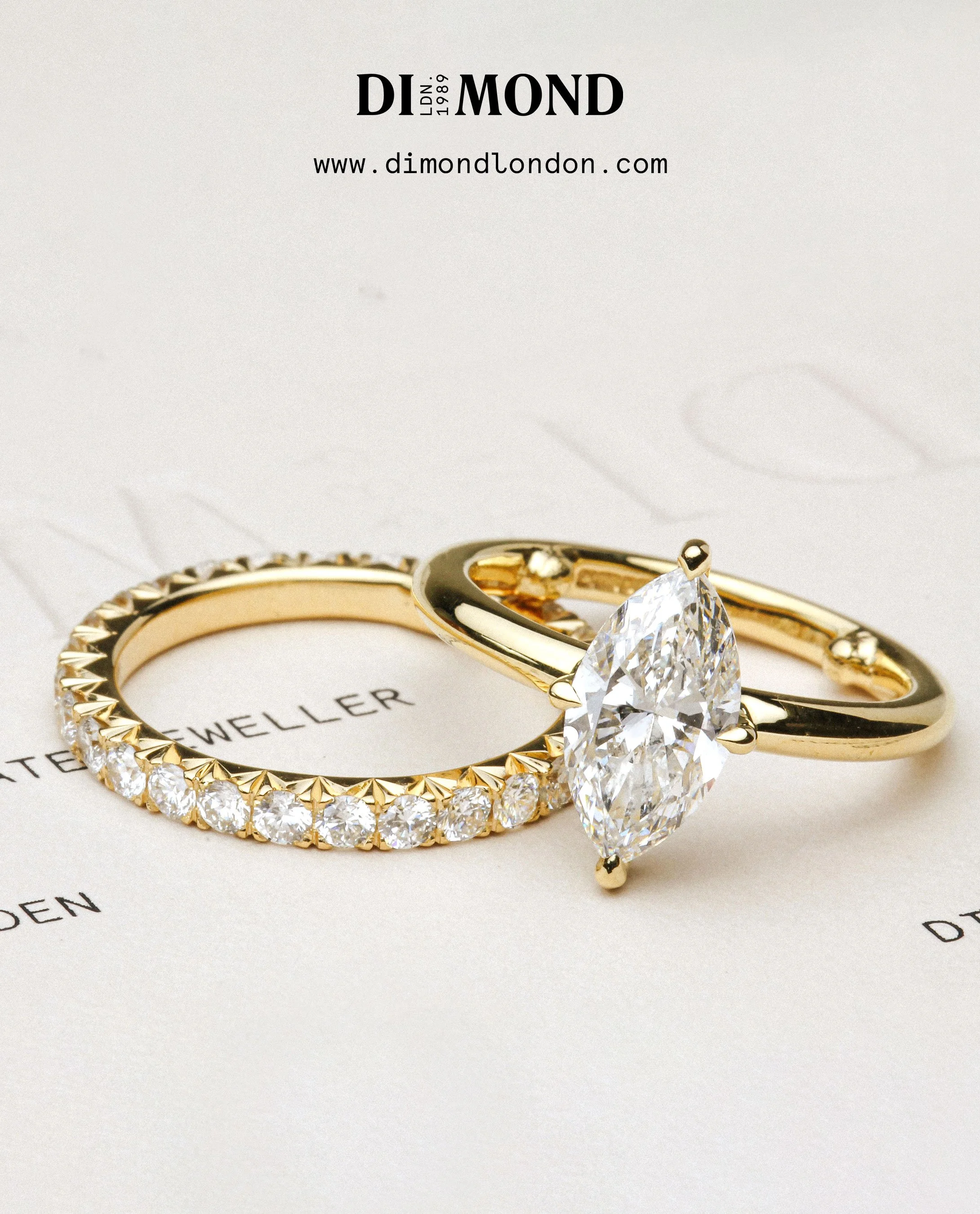THE ULTIMATE GUIDE TO DIAMOND SHAPES
Diamonds come in a variety of shapes, each offering a unique combination of facets and proportions. They are categorised into two principal groups: the classic round diamonds and the intricate fancy-shaped diamonds.
Selecting the right diamond shape for your engagement ring or jewellery piece is a significant decision that requires careful consideration. Understanding the specific attributes of each shape enables you to choose a diamond that aligns with your personal style, preferences and budget. Whether you're drawn to the timeless style of a round brilliant diamond or a contemporary oval diamond, there's a perfect diamond shape suited for every individual.
How do diamonds get their shape?
Diamonds acquire their distinctive shapes through the meticulous process of diamond cutting, where skilled artisans transform rough, uncut stones into beautifully faceted gems.
Round brilliant diamond
Starting off with a classic! The round brilliant diamond is the most popular diamond shape. With 58 meticulously crafted facets, this iconic diamond shape maximises light reflection, resulting in exceptional sparkle. Each facet is positioned to enhance the diamond’s scintillation, dispersion, and overall visual impact. Its timeless elegance makes it a versatile choice for any jewellery piece, from engagement rings to earrings and necklaces. Whether showcased in a traditional solitaire setting or accented with pavé diamonds, the round brilliant diamond is perfectly proportioned to look good on all finger shapes.
Oval diamond
The oval diamond is renowned for its flattering proportions. Resembling a round diamond in brilliance and sparkle, its elongated shape creates the illusion of a larger size relative to its carat weight. However, within oval diamonds, a darkened area resembling a bowtie can sometimes emerge. To ensure optimal quality, we carefully source oval diamonds with minimal darkened areas from around the world. Last year, the oval diamond reigned as the top choice of diamond shape for engagement rings, and remains a popular choice this year too.
Cushion cut diamond
The cushion cut diamond combines a square cut with rounded corners that resemble a pillow. Its versatility complements a diverse array of settings, seamlessly transitioning from vintage-inspired designs to contemporary masterpieces. This classic cut holds a rich history, standing as one of the oldest and most revered diamond shapes.
Princess cut diamond
The princess cut diamond is known for its contemporary angular design, featuring a square profile with bevelled sides reminiscent of an inverted pyramid. When considering a princess cut diamond, factors such as cut quality, symmetry, and overall proportions are pivotal in determining its visual appeal. The princess cut diamond offers a refreshing twist on the traditional round brilliant diamond. Its clean lines and geometric shape make it a versatile choice for various settings, from solitaire engagement rings to channel-set diamond wedding bands.
Asscher cut diamond
Introduced in the early 20th century by Dutch jeweller Joseph Asscher, this diamond shape is characterised by its geometric arrangement. Reminiscent of an octagonal emerald cut, the Asscher cut displays a unique arrangement of step facets and a high crown, contributing to its signature ‘hall of mirrors’ effect.
Pear shape diamond
The pear-shaped diamond's unique asymmetrical silhouette makes it ideal for a range of jewellery pieces, from standalone solitaire engagement rings to elegant pendants and earrings. Resembling a teardrop, this distinct diamond shape blends elements of the classic round brilliant diamond and marquise cut. Its elongated form elongates the finger, creating a flattering appearance. Renowned for its versatility, the pear-shaped diamond suits various settings, from vintage-inspired to modern designs.
Emerald cut diamond
Highlighted by its elongated, rectangular shape and meticulously crafted step cuts, the emerald cut diamond is one of the oldest and rarest diamond shapes – making up around 3% of the world’s diamonds. Often the corners of the emerald cut diamond are trimmed, enhancing its stability and minimising the risk of fractures. While it may not possess the same level of sparkle as the round brilliant or princess cut diamonds, the emerald cut diamond reflects light differently than other cuts, with its elongated, step-cut facets creating a unique play of light that emphasises clarity and creates a subtle, understated sparkle.
Radiant cut diamond
Radiant cut diamonds are a fusion of two iconic diamond shapes. The rectangular or square silhouette complemented by trimmed corners, give them a distinctive appearance that lies between the traditional round brilliant diamond and the linear emerald cut diamond. Radiant cut diamonds are a good choice for those who like an emerald cut diamond but want more sparkle.
Marquise diamond
The marquise diamond has an elongated elliptical form featuring twin pointed tips. Originating in France during the 18th century, there’s a tale attributing its name to the Marquise de Pompadour, a mistress of King Louis XV, as it is said to mirror the contour of her lips. The unique silhouette of the marquise diamond elongates the finger to create a slenderising effect. Marquise diamonds can be set horizontally and vertically, and we often use them as accent stones in our designs.
Heart shape diamond
Crafting a heart shape diamond involves exceptional skill and precision to ensure perfect symmetry and balance between the lobes. Perfect symmetry is crucial, with mirrored facets on each wing, while the cleft cut should appear natural and flawless. Achieving the ideal length-to-width ratio, typically between 0.90 and 1.10, requires meticulous attention to detail.
Like to see various diamond shapes in person? Get in touch with us.

